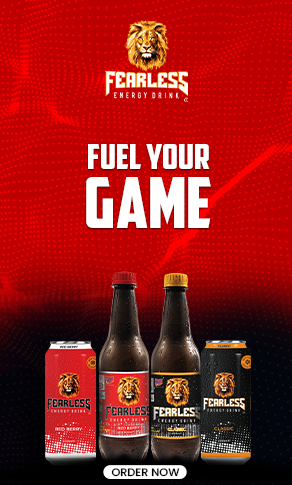The social media landscape erupted following Algerian boxer Iman Khalif's swift victory over her Italian opponent, Angela Carini. This public discourse has centered around gender and biological identity, neglecting the fact that Khalif is intersex, not transgender, which presents intricate questions about fairness in sports. The intensity of the online reaction is an understatement of the uproar surrounding the match, where Khalif defeated Carini in just 46 seconds. Adding fuel to the fire was Carini's emotional reaction, as she withdrew from the fight, weeping on her knees. This incident provided a platform for transphobic voices to decry "gender trolling" and "trans domination," despite Khalif not being transgender.

Bigi Fearless Energy Drink - Red Berry- 500ml X 12 | Konga Online Shopping
To clarify the situation, Khalif is a woman who challenges conventional scientific definitions. Her existence questions the binary notion of gender, as she is intersex. Externally, she was born female, but she possesses both X and Y chromosomes, which typically characterize males. This chromosomal makeup results in high testosterone levels in her blood, creating complexity regarding her classification in sports. The World Boxing Union prohibited her from competing in this year's Games, but the International Olympic Committee (IOC) disagreed, allowing her participation in the Paris Olympics. The true victim of the online hate seems to be her Hungarian challenger, Lutza Hamuri, who has expressed her fear through a series of posts, comparing Khalif to the devil and claiming her life is in danger.
Hamuri's fear, although expressed in a provocative manner, highlights a valid concern about the significant physical differences between the two athletes. In competitive sports, where categories are often defined by physical attributes like height, it is reasonable to consider chromosomes and testosterone levels as factors affecting athletic performance. This criterion should apply equally to all athletes, regardless of their assigned or identified gender. The argument that "Khalif identifies as a woman" misses the point because her situation is not about transgender identity but about intersex conditions.
Instead of perpetuating the annual wave of transphobia, the situation with Khalif and Carini could have led to a more insightful discussion. This discourse could have explored the complexities of sex and gender, recognizing that nature does not always make clear distinctions. By moving beyond our societal obsession with sex and gender, we might imagine a world where sports participation is based on physical abilities rather than gender identity. In this envisioned society, a woman could compete against a man if their physical attributes and performance indicators were similar. The question then becomes whether testosterone levels or their physical manifestations are the critical factor, a determination best left to time and experts.
The uproar surrounding Iman Khalif's victory underscores the need for a nuanced understanding of sex and gender in sports. While Hamuri's concerns about fairness are legitimate, they should be addressed through objective measures of athletic ability rather than fearmongering. By shifting the focus from gender identity to physical performance, we can foster a more inclusive and fair sporting environment. The debate sparked by Khalif's victory is an opportunity to reevaluate how we define and regulate competition, ensuring it is based on equitable criteria that respect the diversity of athletes' biological realities.









ADD A COMMENT :